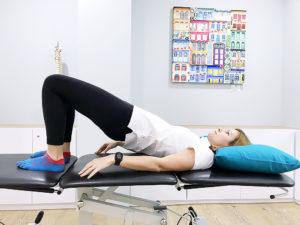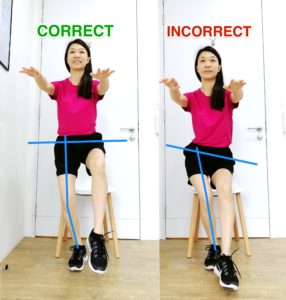Getting back to the fitness routine you love after an injury
 Often, we are motivated towards a fitness routine we enjoy, be it the daily ritual at the gym or yoga studio, the weekly scuttle around the tennis court, or even a guilt-driven run around the block.
Often, we are motivated towards a fitness routine we enjoy, be it the daily ritual at the gym or yoga studio, the weekly scuttle around the tennis court, or even a guilt-driven run around the block.
Time and time again, we struggle with sustaining this consistency due to our enslavement to work, personal commitments, or a new/old injury.
It gets frustrating seeing how far we’ve progressed, only to regress on our fitness goals.





